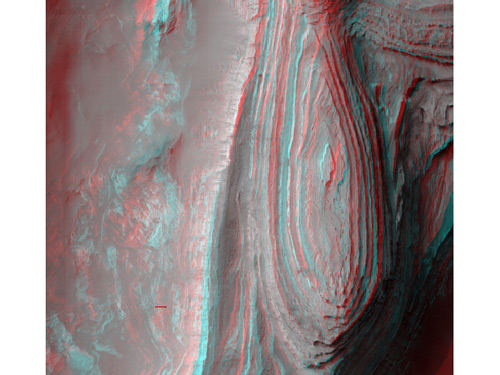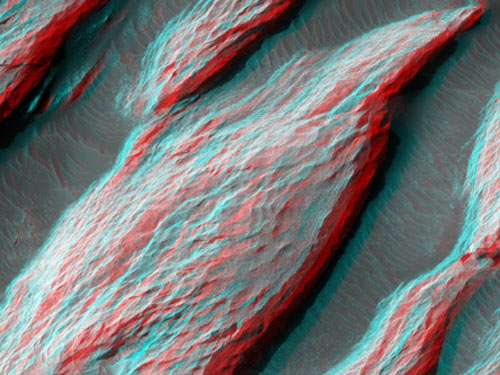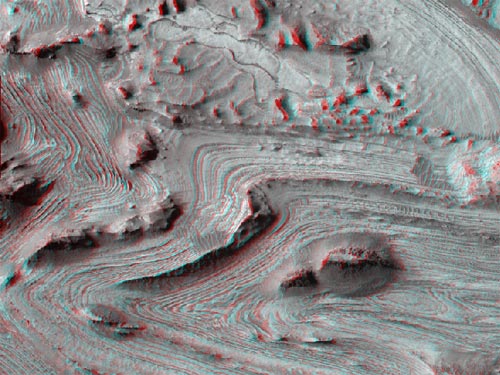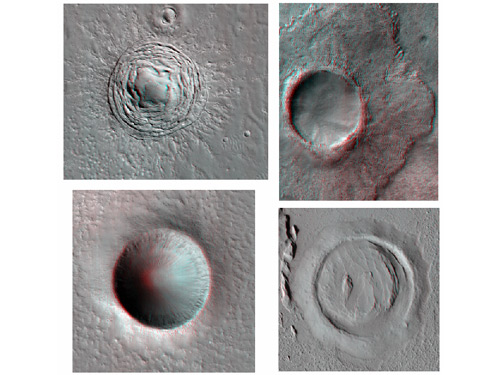Get your 3D pictures on and join the show; hundreds of amazing pictures made by the HiRISE camera on NASA’s Mars Reconnaissance Orbiter (MRO) have been made, and despite the fact that this is not the first mission to take 3D pictures, HiRISE is by far the most powerful camera to do this, due to the significant progress in the field. We’re not going to show you all the pictures but instead, we have the best 5 pictures from NASA.











